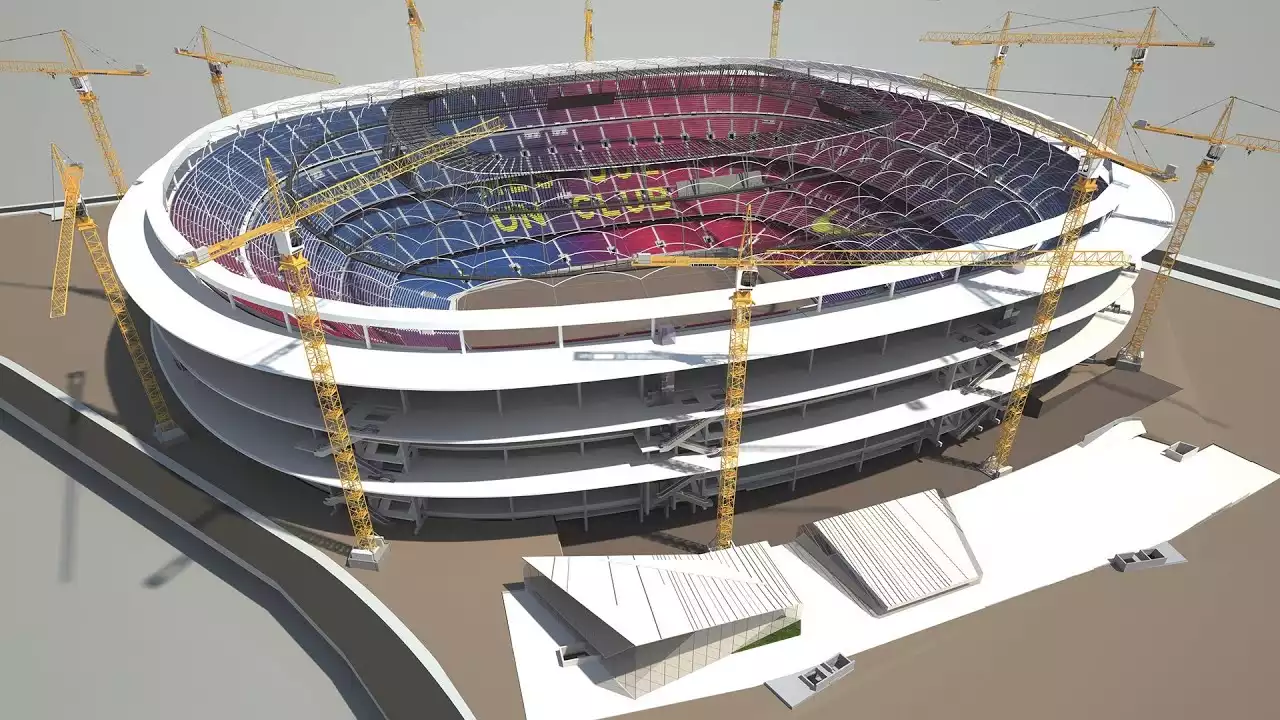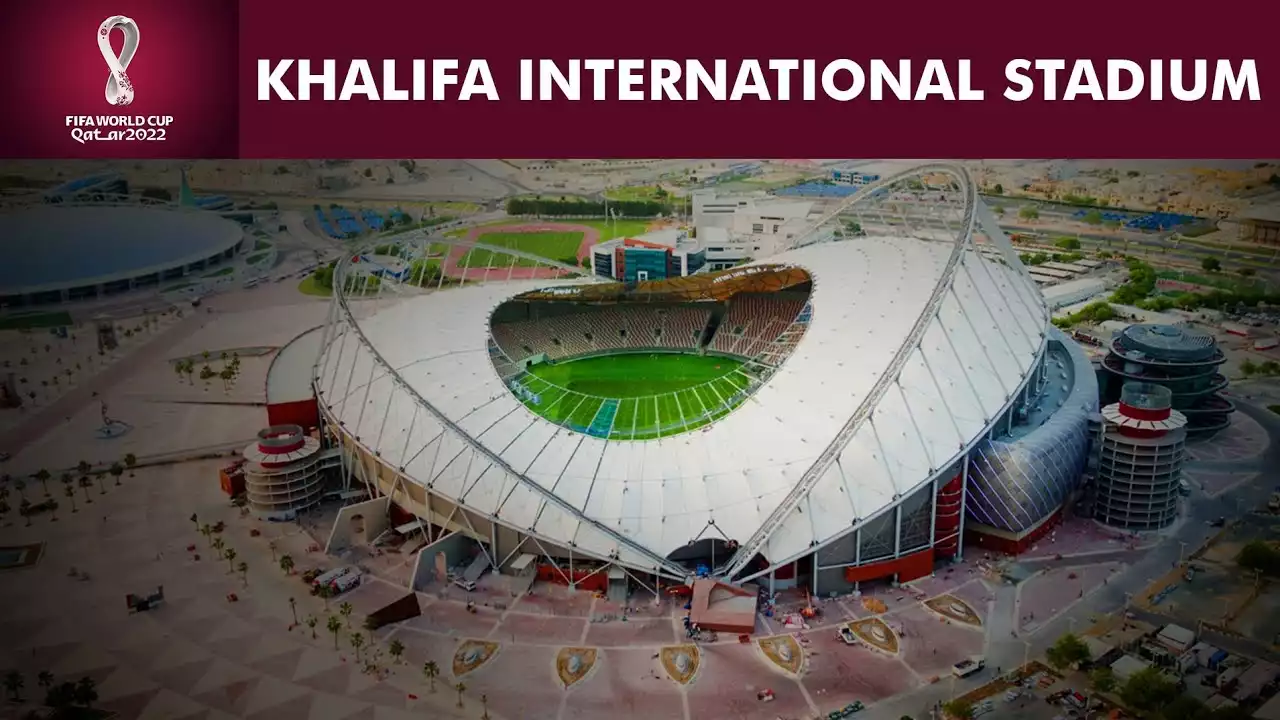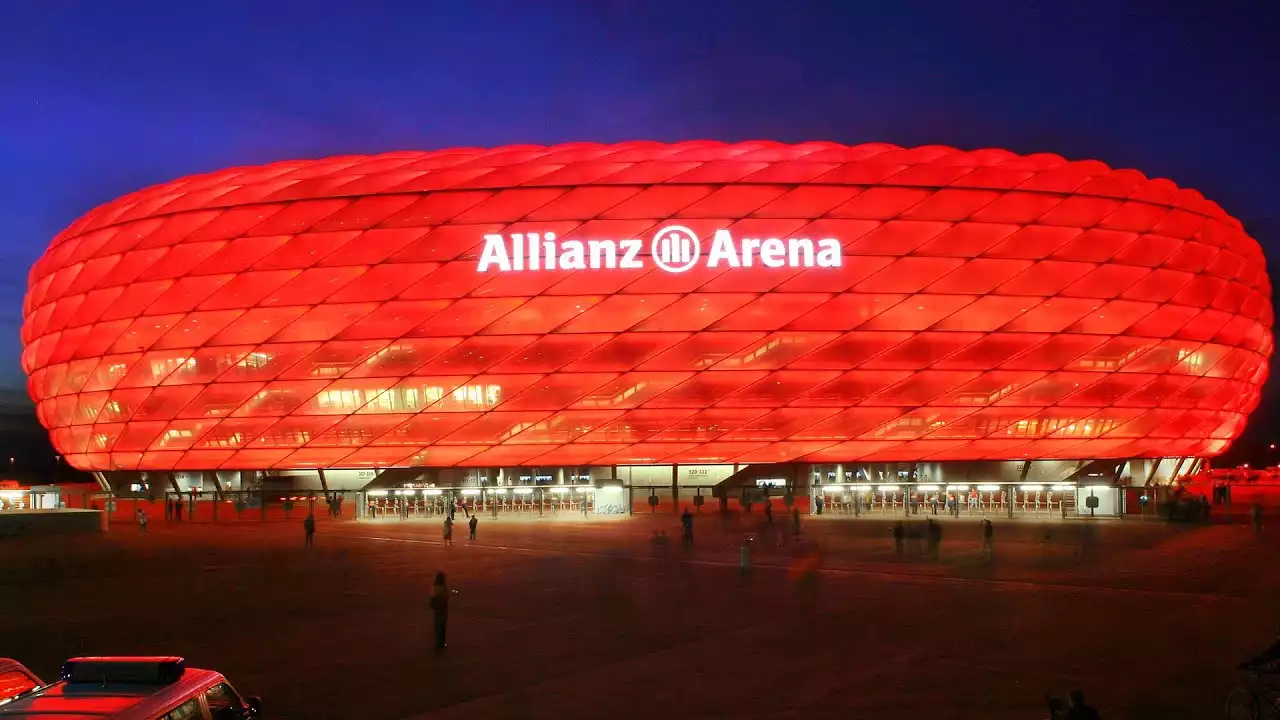Importance of stadiums in the FIFA Club World Cup
Stadiums play a crucial role in the FIFA Club World Cup, providing the stage for some of the most memorable matches in football history. These iconic venues not only serve as a home for the participating teams but also as a symbol of the passion and dedication of the fans. The atmosphere inside these stadiums is unparalleled, with thousands of supporters chanting, singing, and cheering their teams on. The importance of these stadiums goes beyond just being a venue for the matches; they become a part of the club's identity and history.
Estadio Santiago Bernabeu, Madrid
One of the most iconic stadiums in the world, Estadio Santiago Bernabeu, located in Madrid, Spain, is the home of Real Madrid. With a seating capacity of over 80,000, this legendary stadium has hosted multiple FIFA Club World Cup matches, including the unforgettable final in 2017. The Bernabeu has witnessed some of the greatest players in football history grace its hallowed turf, and the electric atmosphere created by the passionate fans is something that every football fan should experience.
International Stadium Yokohama, Yokohama
Situated in Japan, the International Stadium Yokohama is a stadium that has become synonymous with the FIFA Club World Cup. With a seating capacity of over 70,000, this stadium has been the stage for numerous Club World Cup finals, including the historic clash between Manchester United and Palmeiras in 1999. The atmosphere inside the stadium during these finals is truly electric, with fans from all over the world coming together to support their teams and create an unforgettable experience.
Khalifa International Stadium, Doha
Located in Qatar, the Khalifa International Stadium is a state-of-the-art venue that has been renovated for the upcoming FIFA World Cup. This iconic stadium will also host the Club World Cup matches, providing a world-class experience for both players and fans. With a seating capacity of over 40,000, the Khalifa International Stadium offers a unique atmosphere that combines traditional Qatari hospitality with the excitement of world-class football. The stadium's design and architecture are truly breathtaking, making it a must-visit destination for any football enthusiast.
Maracana Stadium, Rio de Janeiro
No list of iconic stadiums would be complete without mentioning the Maracana Stadium in Rio de Janeiro, Brazil. This legendary venue has been the setting for historic moments in football, including the infamous 1950 FIFA World Cup final between Brazil and Uruguay. With a seating capacity of over 78,000, the Maracana Stadium has hosted several Club World Cup matches, providing a stage for some of the world's top club teams to showcase their talent. The atmosphere inside the stadium is nothing short of magical, with passionate fans creating an electric atmosphere that adds to the overall experience.
Mohammed Bin Zayed Stadium, Abu Dhabi
As the home stadium for Al Jazira Club, the Mohammed Bin Zayed Stadium in Abu Dhabi, United Arab Emirates, has played host to several Club World Cup matches. With a seating capacity of over 42,000, this impressive venue offers a world-class experience for both players and fans. The stadium's modern design and state-of-the-art facilities make it an ideal location for hosting international football events. The passionate fans, combined with the electric atmosphere, create an unforgettable experience for all those lucky enough to witness a match at this iconic stadium.
Comparison of the stadiums
Each of these stadiums has its own unique characteristics and history that make it special. While the Estadio Santiago Bernabeu in Madrid offers a rich history and a legendary atmosphere, the International Stadium Yokohama in Japan provides a truly international experience, with fans from all over the world coming together to support their teams. The Khalifa International Stadium in Doha showcases the modern and innovative side of football, while the Maracana Stadium in Rio de Janeiro offers a historic and iconic backdrop for matches. Lastly, the Mohammed Bin Zayed Stadium in Abu Dhabi combines modernity and passion to create a truly unforgettable experience. Each of these stadiums has its own charm and appeal, making them must-visit destinations for any football fan.
Other notable stadiums in the FIFA Club World Cup
While the focus of this article has been on the five most iconic stadiums of the FIFA Club World Cup, it's worth mentioning that there are several other notable stadiums that have hosted matches in the tournament. These stadiums, located in various countries around the world, have all played a part in the rich history of the Club World Cup. From the Estadio Azteca in Mexico City to the Zayed Sports City Stadium in Abu Dhabi, each of these venues has its own unique story to tell. Whether it's the passionate fans, the historic moments, or the state-of-the-art facilities, these stadiums have all left a lasting impression on the tournament and the fans who have had the privilege of attending matches.
The FIFA Club World Cup is not just a tournament; it's an experience. And a significant part of that experience is the iconic stadiums that serve as the battlegrounds for the world's top club teams. From the Estadio Santiago Bernabeu in Madrid to the Mohammed Bin Zayed Stadium in Abu Dhabi, each of these venues offers a unique atmosphere and a chance to witness history in the making. Whether you're a die-hard football fan or just someone looking to experience the magic of world-class football, these stadiums should be on your bucket list. So, get ready to witness breathtaking action and immerse yourself in the electric atmosphere as you become a part of the FIFA Club World Cup legacy.










